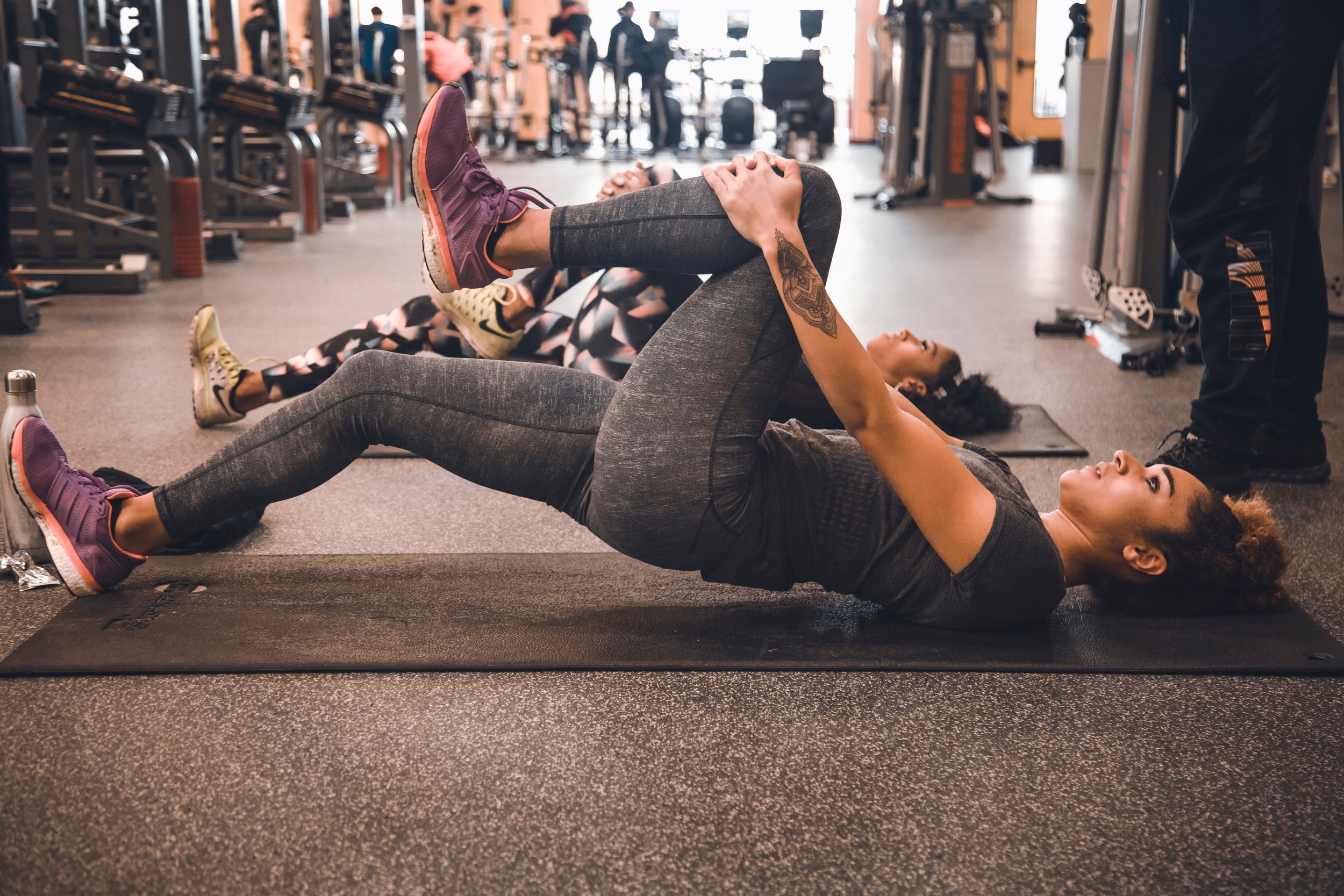You're Stretching Wrong and Here's Why
Remember gym class where we would all gather awkwardly in our teenage bodies and stretch as a group? We would try our best to hold the stretch while we took turns counting out loud. Well, it turns out, this is the worst way to stretch before a workout. Let’s dive into the science of stretching and focus on how to correct common stretching mistakes so you can get more from your workout.
The Anatomy of a Muscle
Before we can understand what we are doing wrong when we stretch, we first need to understand how muscles contract. We’ve all seen a diagram of a muscle, they are the sinewy bits that cover our bones. If you look at a picture of a muscle, it reminds me of a cable bundle.
A skeletal muscle (what we commonly call “muscles”) is made up of a bundle of muscle fibers formed into small tubes. These tubes are surrounded by blood vessels and nerves while each tube contains a skeletal muscle fiber or cell. Each individual muscle fiber runs from tendon to tendon, meaning the individual cells in your upper thigh could be up to two feet long (whoa).
Photo by Matthew LeJune on Unsplash
Automatic Contracting Reflexes
Within each muscle, there are nerve cells called spindle fibers. These spindle fibers automatically contract with a stimulus. For example, say your doggo bumps up against you looking for some scratches. Your spindle reflex automatically kicks in, otherwise, you would fall over. The spindle fibers’ job is to react automatically to outside stimulus to prevent you from falling, overextending a muscle, injuring yourself or tearing a muscle.
Here’s the thing, in the stressful world we live in, these spindle fibers get over-reactive, causing them to get turned on all the time. This can be caused by sitting at a desk all day, having poor posture, sustaining an injury, and a variety of other everyday stresses. The result is a knot (or an adhesion for all the science geeks out there). These knots build and can become quite painful if not released.
Meet the Golgi, the Unsung Hero
Each of our muscles are attached to our bones with white tissue called tendons. Within each of these tendons are another set of automatic nerve cells called Golgi Tendon Organs or GTOs. These bad boys are designed to override your spindle fibers. They are activated when you compress a knot or hold a stretch for around 30-60 seconds. Their purpose is to tell the spindle fibers to release the contraction of the muscle in order to avoid tearing your muscle fiber. The result? The muscle and spindle fiber totally relaxes, leaving you knot-free.
So you may be thinking awesome! If I apply pressure to knots, then my GTOs will release the knot, what’s so bad about that? You are correct, that’s great news for our stressed-out shoulders and backs, but not great news if we are going to work out. When you hold a stretch, say a calf stretch, for 60 seconds you are telling your GTOs to totally relax your muscle. This relaxation lasts for a couple of hours and your muscle doesn’t return to its resting position. Instead, it stays loose, leaving you susceptible to tears and joint damage while you work out.
Think about a balloon. If you inflate a balloon and leave it inflated for a week, then deflate it, what happens? The balloon doesn’t return to its original shape. It’s loose, weak and if you tried to blow it up immediately it might pop. The same with your muscles. When you activate your GTOs, you’re making your muscles relax to a point of weakness. No good if you’re about to work out.
Photo by Justyn Warner on Unsplash
How to Stretch Correctly Before a Workout
Instead of holding a stretch (or static stretching) before a workout, you want to keep the stretch active or move while you stretch. Active Isolated Stretching or stretching in pulses of two seconds instead of holding will loosen muscles without activating your GTO reflex.
If we go back to our balloon analogy, it is like we are a clown about to make a balloon animal. The clown pulls at the balloon gently a few times before inflating it. This allows the clown to quickly blow up the balloon and the balloon stays flexible enough for the clown to create an animal before it breaks. Be like the clown, pulse your stretches before you work out.
What if I Have Knots?
In special circumstances (read: not common) you’ll want to you change up your pre-workout stretching. If you have a lot of knots in the muscles you will be working out, then you will want to release those knots prior to workout out, since these knots pull on the tendons and joints, leaving you susceptible to injury during your workout. Do this by Self Myofascial Release (SMR) stretching, not static stretching, prior to your workout.
So When Do You Use Static Stretching?
Static Stretching works best post workout, when your muscles need to relax for an extended period of time. This should be in conjunction with another type of stretching, Self Myofascial Release or SMR stretching (rolling or compressing knots to activate our GTOs). We will dive into those subjects in another post.
The next time you head to the gym, hit the trail or go for a run, remember to warm up with Active Isolated Stretching and forget those awkward gym class moments.


